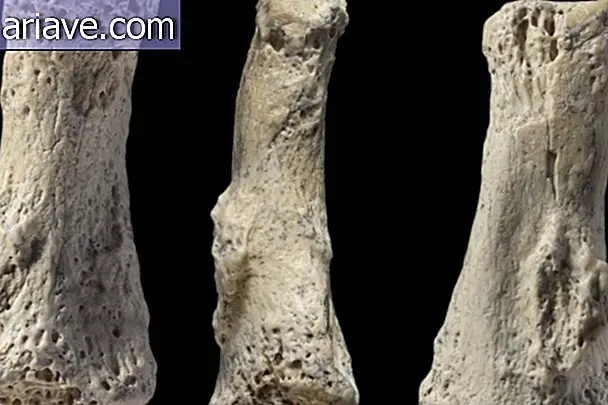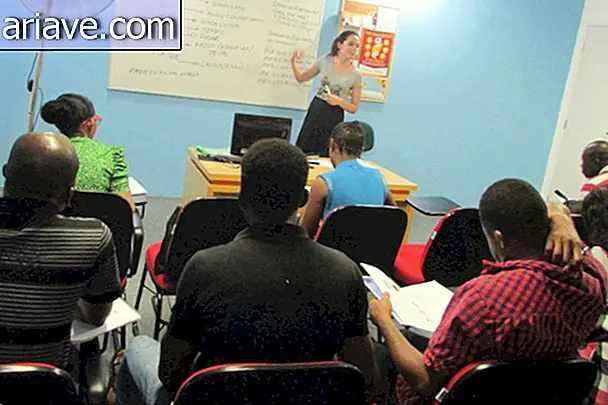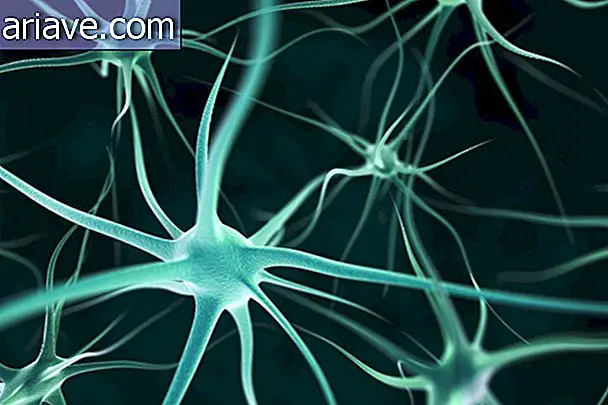Meet the bizarre story of the woman who gave birth to rabbits in the 18th century
On September 27, 1726, the 25-year-old Mary Toft went into labor. The girl, who worked in England's hop fields, asked for help from a neighbor, Mary Gill, to give birth. The neighbor was very solicitous and ran to help the screaming young woman in pain. After some suffering came the terrible realization: Mary Toft had given birth to a monster.
Extremely horrified by the situation, Gill rushed to find Toft's midwife, who was a midwife, and report what had happened — the “baby” who had come into the world looked more like a mixture of rotting animal parts. The mother's family promptly referred the remains to a local doctor.
In reviewing the material, John Howard, a 30-year-old childbirth professional, said it looked like three cat paws, a rabbit leg and three pieces of eel. Yeah. Despite such bizarreness, this did not prevent the specialist from continuing to visit his patient to check on her condition. Until the day Toft gave birth again in front of the doctor, this time, it was a rabbit.
Rabbit Factory

Before long the news spread and Mary Toft became a celebrity. Over the next month, Howard witnessed his patient give birth to eight more rabbits. Seeking to understand the phenomenon, the doctor sent letters to renowned professionals across England telling about the mystery.
One of the doctors to receive Howard's letter was Nathaniel St. Andrew, King George I's surgeon. Intrigued by what he heard about the case, the king sent his doctor to investigate the story. It didn't take long for St. Andrew to believe the rumors, after all he was known for not following scientific parameters.
So the surgeon visited Mary, examined her belly, and deduced that the rabbits were forming on her right fallopian tube. His diagnosis was confirmed when he saw with his own eyes the woman giving birth to the 15th rabbit.
The first theories

The news about the birth of rabbits so impressed people that Mary Toft managed to make headlines and still affect local businesses. On November 19, the Weekly Journal reported the case, and around the same time, traders selling rabbit meat could no longer profit because people developed an extreme disgust for the animal.
By this time, the population and doctors began to believe that this was a case of a "motherly impression, " a popular pseudoscientific theory circulating at the time. She believed that her mother's emotions and imagination could cause birth defects and illness. A woman who was frightened of a rabbit, as Mary reported had happened to her, could easily transform the fetus with her thoughts and thus give birth to rabbits. (As incredible as it sounds, this theory continued to be successful until the early 20th century.)
Still uncertain about the situation, King George decided to send one of his professionals, surgeon Cyriacus Ahlers, to check again. However, the doctor did not believe in the theory of maternal impression and was not led by the rumors that ran through the population. Even seeing the woman give birth to a few more rabbits, Ahlers remained skeptical.
The truth is discovered
On November 29, 1726, Mary Toft is taken against her will to London for analysis. She was locked in a bathroom and was under intense observation. Interestingly, the patient stopped giving birth to the rabbits. In fact, she was quite ill, had high fevers, and even lost consciousness a few times.
While all this was happening outside, Ahlers decided to dissect some of the rabbits in his lab. Strangely enough, he realized that the rabbits had been beaten with a knife and one of them had traces of hay and corn.

On December 4 the farce was unveiled. One of the porters was caught placing a baby rabbit inside the room where Mary was locked. He stated that the patient had bribed him. Another investigation also revealed that Toft's husband had bought a suspicious number of rabbits in recent times.
Three days later, when the court threatened to perform an experimental and painful surgical procedure to check closely what was so special about Mary's body, she confessed. Along with the woman's farce, the reputation of several doctors who believed in the case, including Nathaniel St. André, who had just published a booklet telling the incredible story, has fallen.
The rabbit impostor
And now you must be wondering how the young girl did to fool the doctors, right ?! The truth is that Mary Toft had become pregnant shortly before the scandal, but she lost her baby. Taking advantage of her cervix was still dilated, she inserted a cat's body and a rabbit's head into the womb, which was what her neighbor helped her give birth.
As the case began to be successful, Mary sewed pockets on her skirt and kept rabbit parts with her. When the doctors weren't looking, she would put the pieces in and fake a birth. Of course, this kind of attitude would have some side effect, which probably manifested through the high fevers the patient had when she arrived in London.

Most striking is that the woman confessed that she did all this because she wanted to get out of poverty. In a time when circuses of horror were known to make room for human aberrations, Toft believed that there would be an opportunity for him to make money by giving birth to rabbits.
But what Mary didn't expect was that her farce would go downhill. She ended up having to serve a five-month sentence on charges of fraud. After leaving prison she returned to poverty, and when she died in 1763 she became known as "the rabbit impostor."
* Originally posted on 29/01/2014.
***
Do you know the Mega Curioso newsletter? Weekly, we produce exclusive content for lovers of the biggest curiosities and bizarres of this big world! Register your email and do not miss this way to keep in touch!











